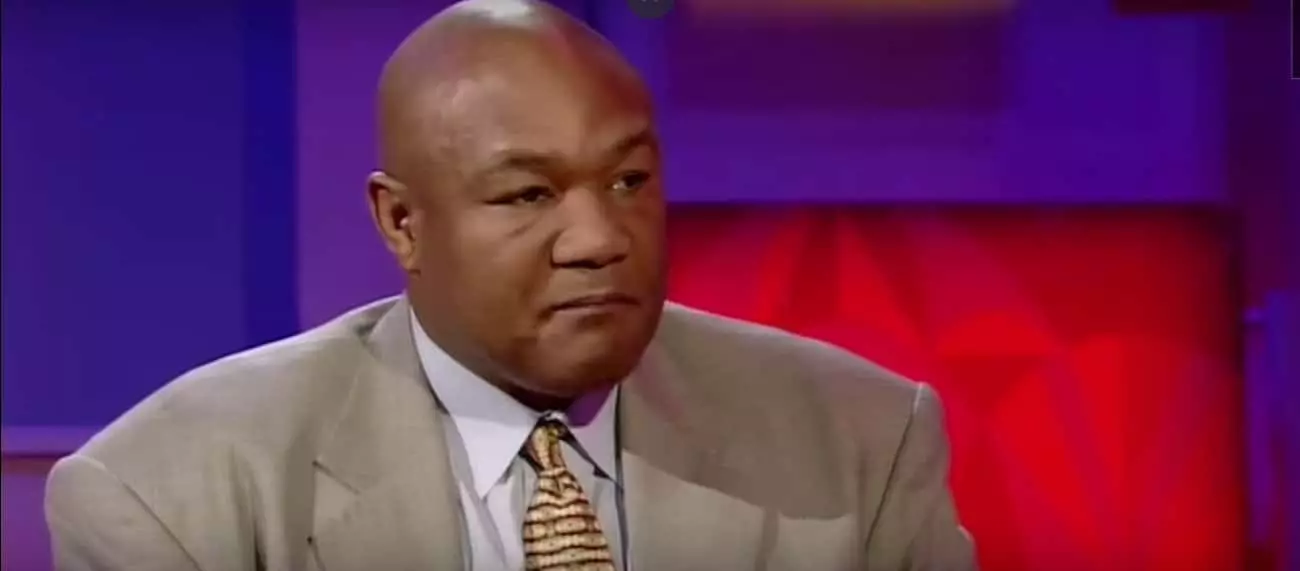George Foreman, one of the most iconic figures in boxing history, was born on January 10, 1949, in Marshall, Texas. His early years were marred by hardship and challenges typical of many who grow up in underprivileged environments. However, Foreman’s life took a pivotal turn thanks to the Job Corps program initiated by President Lyndon B. Johnson, which aimed to assist disadvantaged youth. As a teenager, grappling with issues of self-discipline and direction, he stumbled into a local boxing gym—not with dreams of grandeur, but to find a way to shed excess weight. What began as a means of personal transformation quickly morphed into a path of athletic exploration.
Soon after entering the gym, Foreman caught the eye of trainer Doc Broadus, who recognized his raw potential. With rigorous training and an indomitable spirit, Foreman entered the world of amateur boxing, where he rapidly ascended the ranks. Despite starting late, compiling a mere record of 16 wins and four losses, he displayed immense talent and determination, ultimately culminating in a glorious victory at the 1968 Olympic Games in Mexico City. His win, marked by a notable gold medal and the image of him proudly waving the American flag, etched his name in the annals of sports history, contrasting sharply with fellow athletes John Carlos and Tommie Smith’s poignant Black Power salute during the same Games.
Following his Olympic triumph, Foreman turned professional. Initially, the journey was not without its obstacles. The world of heavyweight boxing was fraught with challenges, and Foreman faced cautious matchmaking designed to help him build his skill set. However, his breakout moment came in January 1973, when he faced the formidable Joe Frazier. In what would be a defining fight, Foreman delivered a cataclysmic performance, decimating Frazier within just two rounds. This victory established him as a feared and ferocious contender, with many believing he was destined for an era of dominance in the heavyweight division.
Yet, the story of George Foreman is one of contradictions, as his path would soon diverge significantly from that of many boxing champions. After a mammoth rise to prominence, Foreman fell victim to one of the most celebrated fighters in history, Muhammad Ali. Their legendary clash in Zaire in 1974 left Foreman mentally and emotionally shattered. This defeat marked a turning point, as Foreman retreated from the ring not just physically but also psychologically; it spiraled him into a decade-long hiatus from professional boxing.
Foreman’s disappearance from the boxing scene, although initially viewed as a surrender, was more complex. During those ten years, he underwent personal transformation, rediscovering faith and purpose. Yet, financial burdens didn’t take long to surface; a Youth and Community Center that he had opened demanded resources he no longer had. In a remarkable twist, Foreman made an unexpected comeback in 1987, returning to the canvas after a twenty-year gap.
This return was not merely about reentering the sport he once dominated; it was about redemption. Positioned as an ‘old, fat, money-hungry’ fighter, he worked with seasoned veterans like Charlie Shipes and the legendary Archie Moore to craft a new strategy that capitalized on his years of experience rather than his brute force. Audaciously, he embraced a new approach focused on fundamentals that had been honed over the years, and it paid off handsomely.
The pinnacle of Foreman’s comeback came in an unforgettable night in 1994 when he knocked out Michael Moorer, reclaiming the heavyweight title. This remarkable feat—achieving glory twenty years after his initial reign—solidified his status as a sporting legend. The story of George Foreman epitomizes the triumph of perseverance and the complexity of the human spirit. Beyond boxing, Foreman transformed his identity, finding success as a businessman through various ventures, including the wildly popular George Foreman Grill, which later secured his financial legacy.
Today, at 76, George Foreman is not simply a retired athlete; he is a global icon and ambassador for resilience. His life story serves as a powerful reminder that true greatness often arises from overcoming adversity and embracing change.

